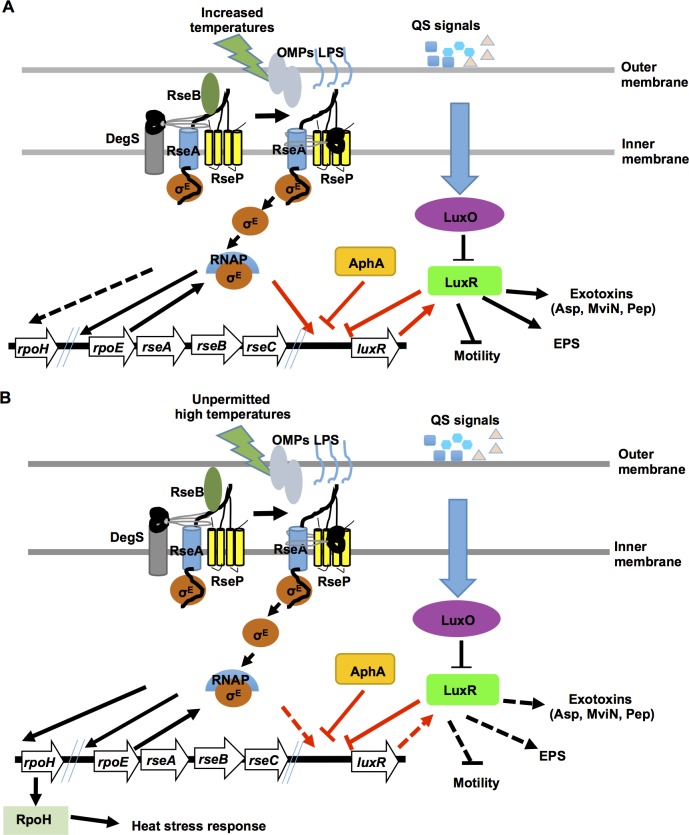Fig 9. Working model for RpoE switching from QS-controlled virulence to heat stress adaptation at increasing temperatures.
(A) As temperatures increase (e.g., from 30°C to 37°C), unknown sensor(s) trigger the RIP pathway bind σE to RseA on the inner membrane. σE is then incorporated into RNAP to activate (solid lines) the expression of luxR and QS. (B) When temperatures increase to higher, unpermitted conditions (e.g., 42°C), RIP signaling releases the inner membrane bound σE to activate the expression of rpoH or other factors, which initiates the response to heat stress to improve survival and switch off the expression of LuxR and QS (dashed lines). The rpoE-resABC and luxR loci are shown. The temperature-dependent σE switch, which can turn luxR expression on/off by interacting with AphA/LuxR, is highlighted with red arrows and bar-ended lines. Factors that may be involved in RIP signaling are shown and discussed in the text.

